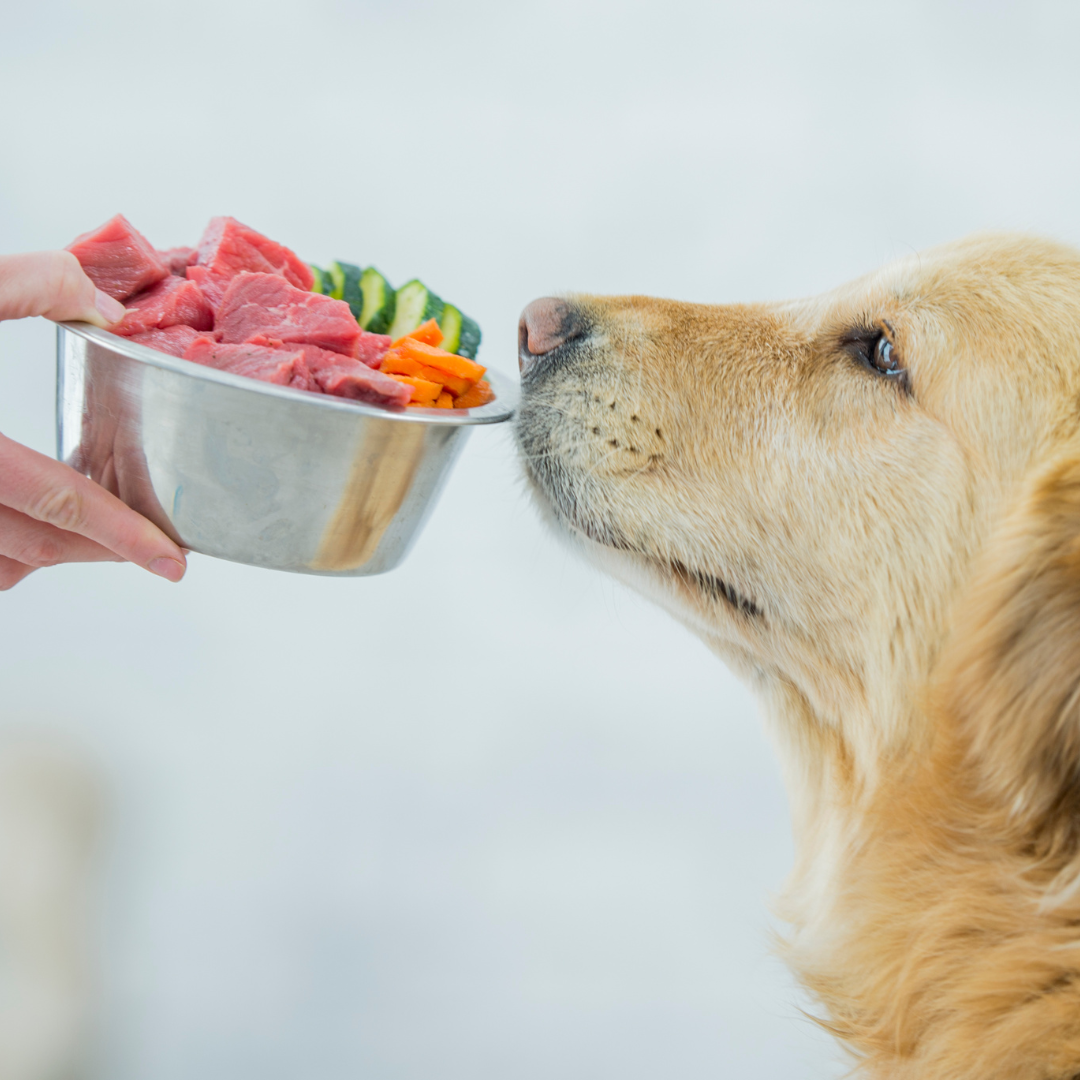Pet Nutrition: Wet Food vs Dry Food – Which One’s Best for Your Furry Friend?

Choosing between wet and dry food for your pet can feel overwhelming with so many options on the market. Each has its own set of benefits and considerations.
Here's a breakdown to help you make an informed choice for your furry companion.
Health Considerations to Keep in Mind
When choosing the right food type, always consider:
Age: Puppies/kittens vs adult vs senior
Breed Size: Large breeds have different dietary needs than small breeds
Medical Conditions: Some foods are formulated for weight management, allergies, joint health, etc.
Activity Level: Energetic pets may need calorie-dense options
Your vet can recommend a personalized plan based on your pet’s unique health profile.
Wet Food: Juicy, Tender, and Palate-Pleasing
Pros:
- Hydration Support: Wet food contains up to 75% moisture, helping pets stay hydrated, especially those who drink less water.
- High Palatability: Its texture and aroma are often more appealing to picky eaters or pets with dental issues.
- Easier Digestion: Soft consistency makes it easier to chew and digest, particularly for senior pets.
Considerations:
- Shorter Shelf Life: Once opened, it must be used quickly and stored properly.
- More Expensive: Often comes at a higher cost compared to dry food.
- Messier: Can be messier during feeding and more work to clean up.
However, due to its moisture content, wet food tends to spoil quickly after opening and requires refrigeration.
It is also generally more expensive because of its meat content, specialized packaging, and shorter shelf life.
Dry Food: Crunchy, Convenient, and Cost-Effective
Pros:
- Dental Benefits: Crunchy kibble can help reduce tartar buildup and maintain dental health.
- Convenience: Easy to store, measure, and serve — ideal for busy pet parents.
- Cost-Effective: Typically more budget-friendly and has a longer shelf life.
- Great for Puzzles and Treat Toys: Perfect for mental stimulation.
Considerations:
- Lower Moisture Content: Pets must drink adequate water to compensate.
- Less Enticing: Might not be as flavorful or aromatic as wet food.
Shelf Life After Opening
Due to its moisture content, wet food is prone to quick spoilage and typically lasts just a day or two in the fridge once opened.
Dry food, however, remains good for several weeks to months, depending on storage conditions, making it more practical for busy pet parents.
Which Should You Choose?
There’s no one-size-fits-all answer. It depends on your pet’s age, breed, health conditions, preferences, and lifestyle. Many pet parents opt for a mixed feeding approach - offering both wet and dry food to balance taste, nutrition, and convenience.
Always consult your vet before making major dietary changes. Whether it’s a hearty bowl of kibble or a saucy meaty delight, the goal is the same - happy, healthy pets.


